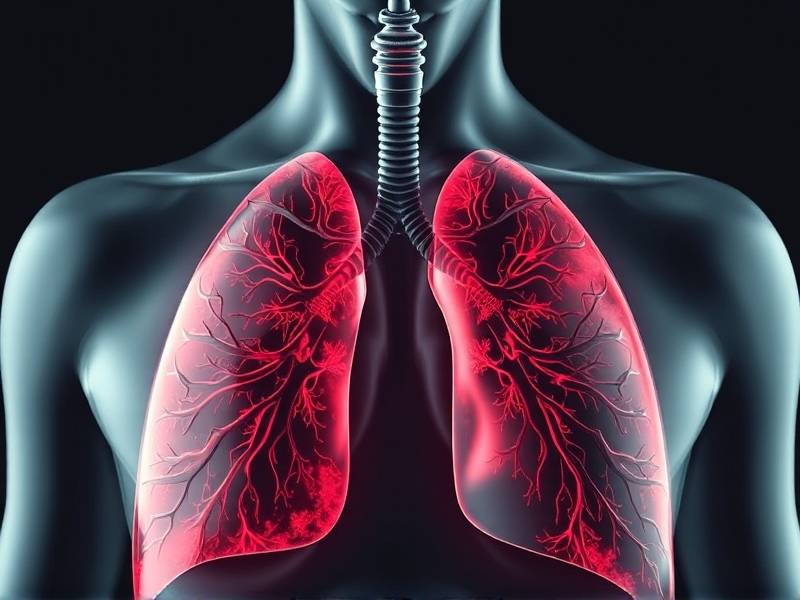How Do Your Lungs Heal After Quitting Smoking? The Science and Your Health
How Do Your Lungs Heal After Quitting Smoking? The Science and Your Health
Introduction: Quitting smoking is a significant decision that can transform your health for the better. One of the most notable benefits of quitting is the healing process of your lungs. This article delves into the science behind lung healing post-cessation and its impact on your overall well-being.
I. The Immediate Impact of Quitting Smoking on Your Lungs

A. Reduction in Carbon Monoxide Levels When you quit smoking, your body begins to rid itself of carbon monoxide, a harmful gas that reduces oxygen supply to your organs. Within just 12 hours of quitting, your carbon monoxide levels drop significantly, leading to improved oxygenation in your body.
B. Decrease in Inflammation and Cilia Function Smoking causes inflammation and impairs the function of cilia (tiny hair-like structures) in your lungs. These cilia play a crucial role in clearing mucus and particles from the airways. By quitting, you allow your lungs to reduce inflammation and restore ciliary function, aiding in better lung hygiene.
II. Long-Term Lung Healing After Quitting Smoking
A. Improved Airflow and Breathing Capacity Within a few weeks after quitting smoking, you may notice improved airflow and breathing capacity due to reduced inflammation and mucus production. This can lead to enhanced physical activity levels and overall better respiratory health.
B. Regression of Emphysema and COPD Chronic Obstructive Pulmonary Disease (COPD) and emphysema are progressive lung diseases often caused by smoking. Quitting smoking can slow down the progression of these conditions, potentially reversing some symptoms over time.

C. Decreased Risk of Lung Cancer One of the most significant benefits of quitting smoking is reducing the risk of developing lung cancer. While it may take years for the risk to decrease significantly, it's important to note that each year without smoking reduces this risk further.
III. The Role of Nutrition, Exercise, and Lifestyle Changes
A. Nutritional Support for Lung Healing Proper nutrition plays a vital role in supporting lung healing after quitting smoking. Foods rich in antioxidants, vitamins C and E, selenium, omega-3 fatty acids, and zinc can help reduce oxidative stress on lung cells.
B. Regular Exercise for Improved Lung Function Engaging in regular exercise helps improve lung function by increasing oxygen intake and strengthening respiratory muscles. Activities such as walking, jogging, swimming, or cycling are excellent choices for maintaining healthy lungs post-quitting.
C. Avoiding Secondhand Smoke Exposure Continuing to be exposed to secondhand smoke can hinder lung healing efforts after quitting smoking. It's crucial to avoid secondhand smoke as much as possible to ensure optimal recovery.
Conclusion: Quitting smoking triggers an incredible healing process within your lungs that continues over time with proper lifestyle changes like nutrition support and regular exercise. Understanding this journey towards better health can motivate individuals who are considering taking this life-altering step towards a smoke-free life.
